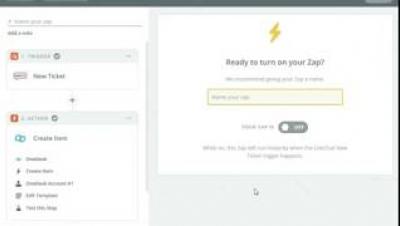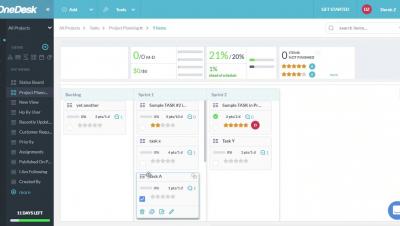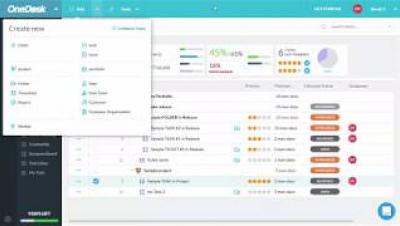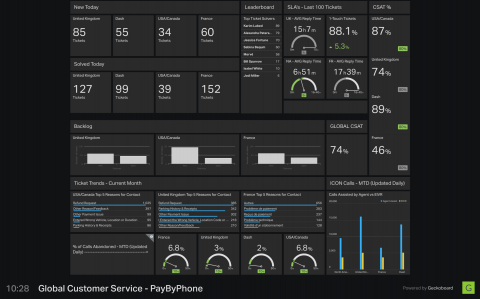Teams | Collaboration | Customer Service | Project Management
%term
How to Choose Customer Support Solutions at Different Growth Stages
The size of a business can be a defining characteristic for any interaction. When it comes to sales, they will approach and speak with you differently based on how many employees and offices you have. With this said, customer support interactions and expectations also vary based on what growth stage a company is currently in. So, how should your company approach customer support at each unique stage of growth and what’s the best technology for you (both now and in the future)?
Mattermost 5.0 | Advanced Permissions Demo and Q&A
Agile project management with OneDesk
Support agents can improve the ecommerce experience
In the world of ecommerce consumer decisions are made in seconds. Whether it’s a first impression, purchasing decision, or change of heart—seconds can make or break a customer outcome. It’s no coincidence that within seconds of making a buying decision, I can complete the purchasing process online. With the click of a button, voice command, or automated subscription—I can’t spend my money any faster or easier.
Mattermost | Permission Schemes demo
Welcome to OneDesk
How to Maintain Accurate Customer Support Reports and Metrics
With more companies discovering the value of customer support, and how it’s now a profit center and no longer a cost center, company executives are placing a higher value on support metrics. Data is king in modern business, with more decisions being driven by analytics than ever before. So, if you’re a customer support leader, how can you maintain accurate reporting and metrics in your customer support software? Here are some of the best tactics…
Customer Support Heroes: How Director of Customer Support Jodi Miller brought together the distributed support teams at PayByPhone
This is the third part in our mini-series of stories from unsung heroes on the front lines of customer support management, who share what has helped them succeed in their role.
Providing support on multiple channels in multiple languages
Just the other day, as I was scrolling through my never-ending reading list, I stumbled upon an article on customer experience which made me raise my eyebrows. If it weren’t for two of my three mischievous puppies picking a fight over a dirty sock, I would have probably emailed the author.










